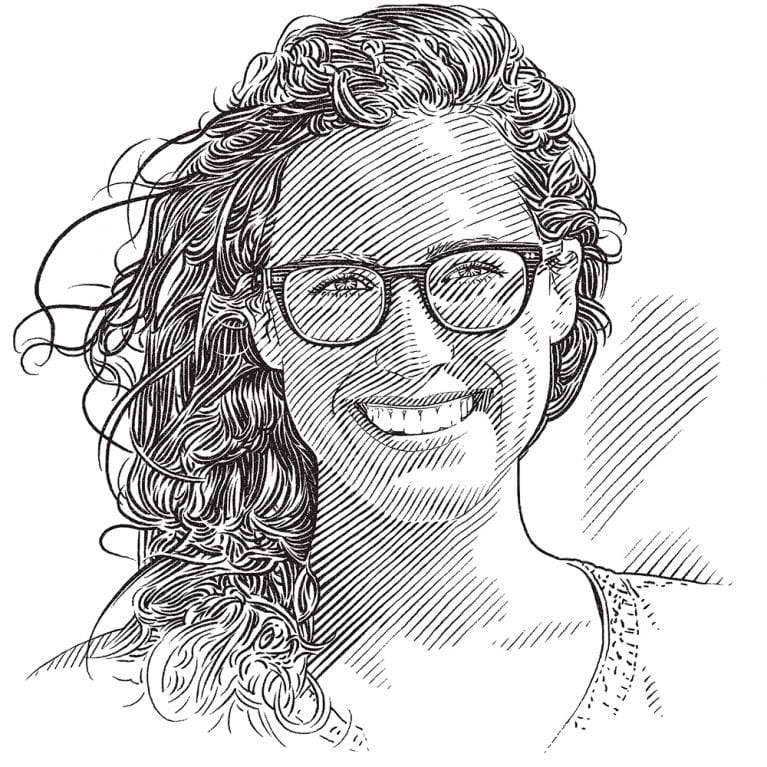Melissa Cronin

Who I am
I spent much of my childhood on a tiny island off the wind-battered coast of Maine, surrounded by a working and vibrant lobster fishery. It was here on this tiny island, population 400, that I learned to fish with a mackerel jig and cook the perfect lobster. Fishing wasn’t just a hobby, it was a livelihood –and it quickly became the focus of the rest of my career.
Now I am a PhD student in the Conservation Action Lab at University of California, Santa Cruz studying ecology and evolutionary biology. My focus is on fisheries by-catch, or the ‘collateral damage’ that happens when big nets are used to catch fish. I’m interested in finding ways to make fisheries as sustainable as possible for species, for ecosystems and for the people who rely on them.
I also strive to merge science communication with the work I do. After graduating from New York University, I spent several years as an environmental journalist covering wildlife, climate and politics. My writing has appeared in Slate, The New York Times, Grist, Salon, VICE, Orion Magazine, Popular Science and The Nation. Drawing on my experience in journalism, I have sought to bring science communication into my research, both as a topic for investigation and as a tool for promoting the importance of conservation. I am currently a National Geographic Young Explorer, a position that offers exciting opportunities to share my research with educators, conservationists across various disciplines and the public. I also continue to write for the popular media in an effort to demystify conservation science and to promote public support for conservation to protect the world’s threatened elasmobranchs.
Where I work
My work in journalism and in conservation science has taken me all over the world, from remote Alaskan salmon streams to the bayou of Louisiana to the Galápagos Islands. Along with the Coastal Conservation Action Lab at UC Santa Cruz, I study populations of mobulid rays from a tiny island in the Sea of Cortez called Isla El Pardito. Just off the beach of this island swim enormous schools of Munk’s devil rays, hawksbill sea turtles, fin whales and such a diversity of fish that it seems they’re impossible to count.
What I do
My research aims to understand fisheries by-catch patterns for marine elasmobranchs, focusing particularly on mobulid (manta and devil ray) populations in the Eastern Tropical Pacific Ocean. I am employing multiple approaches to describe this by-catch, including genetic analyses using tissue samples and spatial analyses of by-catch ‘hotspots’ based on extensive data obtained from the tuna purse-seine fishery. I’m also developing evidence-based mitigation solutions to reduce by-catch for these threatened and ecologically valuable marine species. The main thrust of this research is firstly to use sound science to characterise the by-catch problem, and secondly to develop feasible, scalable solutions that will reduce one of the most urgent threats to manta and devil rays.
I was awarded the Grand Prize in International Seafood Sustainability Foundation‘s Seafood Sustainability Contest in March 2020. This was for my entry, ‘Incentivizing Collaborative Release to Reduce Elasmobranch Bycatch Mortality’, which proposed handling-and-release methods that purse-seine vessel skippers and crew can use to reduce the mortality of manta rays and devil rays incidentally caught during tuna fishing.
